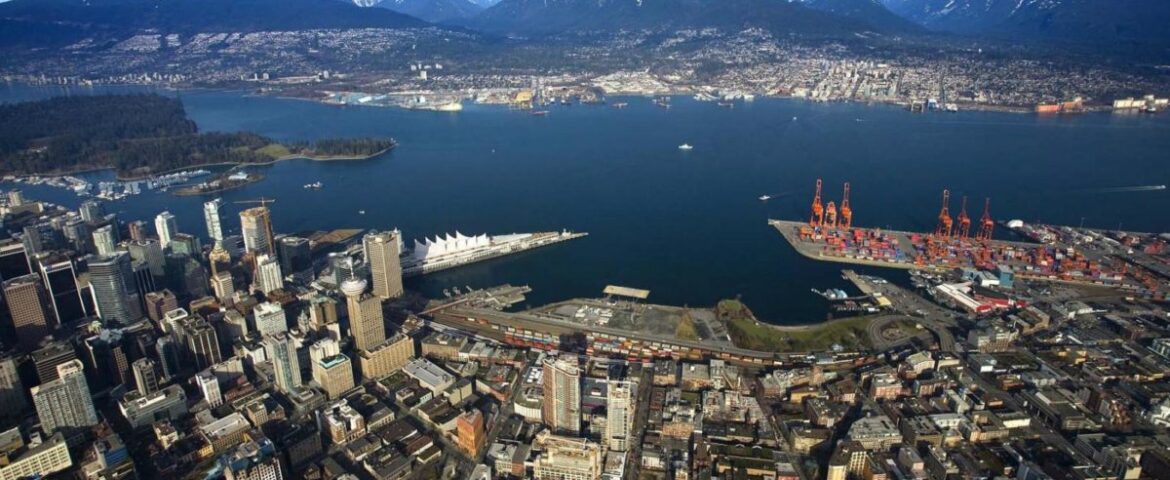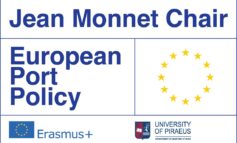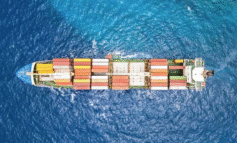Recent research on port service delivery for the American Association of Port Authorities aimed at developing a standard instrument (SEAPORT–Seaport Effectiveness Assessment for PORT managers) that can accurately and reliably measure how well ports deliver services to their users. The study population was customers and users of container ports in the U.S. and Canada—cargo owners, freight forwarders, shipping lines and supply chain partners at the port. Designed as a standalone measurement tool, results from the SEAPORT instrument can be used to assess the effectiveness of service delivery.
When placed in context with fluidity measurements by Transport Canada and the berth productivity measurement by the Journal of Commerce (JoC), this instrument would provide a holistic view of Canadian port performance for container movements.
PortEconomics member Mary R. Brooks discusses the issue in a short paper that focuses on understanding what service delivery assessment research is needed in order to balance the many ways of spending funds in the port sector, both by the port and by government.
You might download the paper via PortEconomics.












